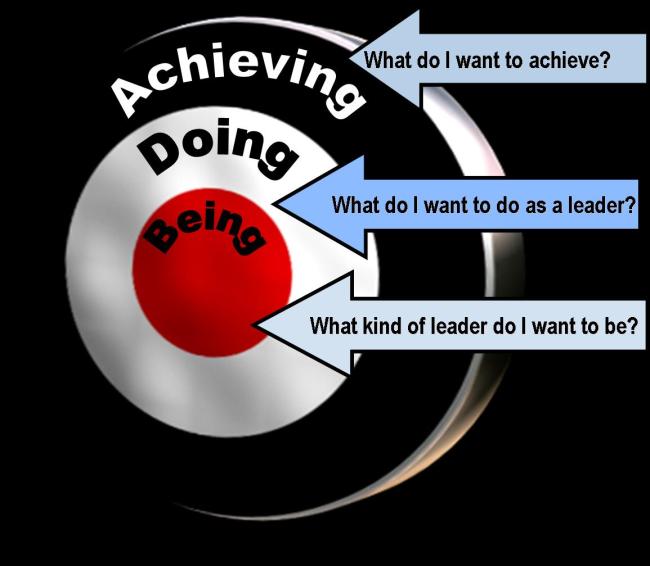It’s been more than two months since I published the first of ten segments on this theme, “Ten Ways that Leaders Change Their World.” My plan to post more frequently was interrupted by emergency open-heart double-bypass surgery, from which I am recovering well.
The outline below is from a program that I developed and have delivered in several formats, (from a 90 minute keynote to a full-blown seminar) I address the ten ways in which leaders change their world using an acrostic for the word leadership. In this second post, I will address Envisioning and Engaging.
L-Listening and Learning
E-Envisioning and Engaging
A-Anticipating, Articulating and Activating
D-Developing and Delegating
E-Energizing and Empowering
R-Respecting, Recognizing and Rewarding
S-Serving and Supporting
H-Humility and Honesty
I-Inspiring and Influencing with Integrity
P-Participating as a Person of the People
Envisioning and Engaging Vision
Personal Vision
Leadership vision begins with personal vision. Personal vision is the baseline of the “isosceles triangle” of leadership vision. The leader’s vision is not likely to rise higher than this baseline can support. It begins with self-awareness, followed by self-acceptance, which creates self-concept, or personal vision. The two sides of the triangle are the vision of the value we create for our clients/constituents, and our vision of the future.
Envisioning from the Inside Out
This “inside-out” personal leadership vision thinks first in terms of being rather than in terms of doing:
- Being: What kind of person do I want to be known for in succeeding generations?
- Doing: What do I really want to do with my life?
- Achieving: What do you want to achieve as a result of this?
Leadership Vision
- Leaders know where they want to go (professionally and personally)
- Leaders know where they want their group to be at some point in the future
- Leaders believe passionately that their vision is achievable, and they are willing to spend the time and energy convincing their followers to make the journey
Vision: Transcending the Ordinary
To envision is to imagine a desired future state that is different from what currently exists.
- Vision is a see word: it evokes images and pictures
- Vision provides a picture in a meaningful time frame
- Vision is having an acute sense of the possible
- Vision is seeing what others don’t see
Visionary Leadership
The Visionary Leader paints the picture in the palette of the people—describes success through the feelings and values of the people.
- This enables each member of the group to find their place in the story
- The vision has value to each person where they live
- The vision states the virtue…how it will ennoble the people or the cause
Envisioning is a Back from the Future Process
- Envisioning invents the future: it describes a desirable and achievable destiny
- Envisioning looks ahead to the future while standing in the present and looks back at the present while standing in the future
What Leadership Vision Provides
For leadership vision to succeed, it must paint a picture in which every constituent and stakeholder can clearly see themselves
- A picture (where are we headed?)
- A purpose (why are we going there?)
- A plan (how will we get there?)
- A part to play (what role will each of us play?)




Don – can we use this to send to our business leaders for your breakfast session here with us in June?
Happy Easter.
Lori
Lori Schmidt Productivity Alberta Lori@productivityalberta.ca (780) 784-6010
Sent from my iPad
Thanks Don, good words of wisdom. Glad you are on the road to recovery.
Gil